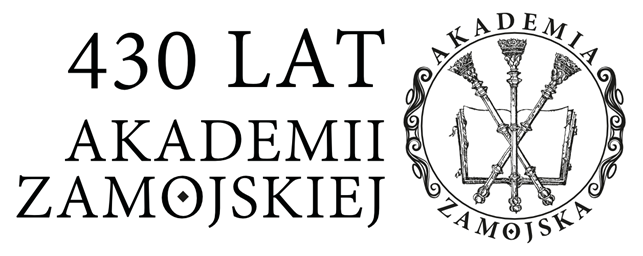Zmiany w funkcjonowaniu polskiej społeczności w obwodzie lwowskim na Ukrainie od 1991 do chwili obecnej na podstawie polskiej społeczności w mieście Sambor
Aleksander Lewkowicz
Abstrakt
Po uzyskaniu w 1991 roku przez Ukrainę niepodległości polscy mieszkańcy tych terenów stali się obywatelami nowego państwa. Wraz z tym zaczęły zmieniać się też ich warunki życia oraz pojawiły się nowe możliwości dla ich funkcjonowania. Zmieniły się one również i dla mieszkańców Sambora, małego miasta, znajdującego się około 70 km na południowy zachód od Lwowa. Mieszkańcy Sambora w czasach ZSRR skupiali swoje życie kulturalne wokół kościoła parafialnego pw. Ścięcia Świętego Jana Chrzciciela, gdzie wszystkie wydarzenia (w tym msze święte oraz nabożeństwa) odbywały się w języku polskim. W trudnych czasach lat 80. i 90. parafia udzielała również wszelkiego rodzaju wsparcia wszystkim osobom, nie tylko pochodzenia polskiego. Przy parafii swoje początki też ma największa organizacja polonijna w mieście – Towarzystwo Kultury Polskiej Ziemi Lwowskiej Oddział w Samborze, która zaczęła się spotykać od 1989 r. na terenach kościelnych, dopóki nie przeniosła swej działalności do mieszkań prywatnych, a potem uzyskała własną siedzibę. TKPZL Oddział w Samborze stał się platformą życia kulturalnego
dla mieszkańców miasta polskiego pochodzenia i do dnia dzisiejszego aktywnie działa na wielu obszarach. Z początkowej inicjatywy TKPZL Oddziału w Samborze powstała również polska szkoła, która szybko stała się niezależną organizacją polonijną. Do dziś szkoła naucza w trybie weekendowym dzieci i młodzież z polskich rodzin (ale także cieszy się dużą popularnością wśród mieszkańców ukraińskiego pochodzenia) siedmiu przedmiotów: języka polskiego, literatury polskiej, geografii, historii Polski, wiedzy o narodzie polskim, kultury narodu polskiego oraz muzyki. Mimo w miarę dużej aktywności miejscowych organizacji polonijnych jest widoczny fakt emigracji Polaków z Sambora na Zachód (najczęściej do Polski). Skutkiem tego jest naturalnie zmniejszenie się liczby aktywnych Polaków w mieście oraz spadek zainteresowania miejscowej młodzieży w życiem Polonii. Spora część polskich mieszkańców, poprzez asymilację z ukraińską społecznością, także coraz mniej się identyfikuje z polskością.
Słowa kluczowe:
Polonia, Mniejszość polska na Ukrainie, Sambor, Polacy Sambora, życie kulturalne Polonii, Towarzystwo Kultury Polskiej Ziemi Lwowoskiej, Polacy na Ukrainie, organizacje polonijneSzczegóły
Bibliografia
Statystyki
Autorzy
Zasady cytowania


 Język Polski
Język Polski
 English
English
